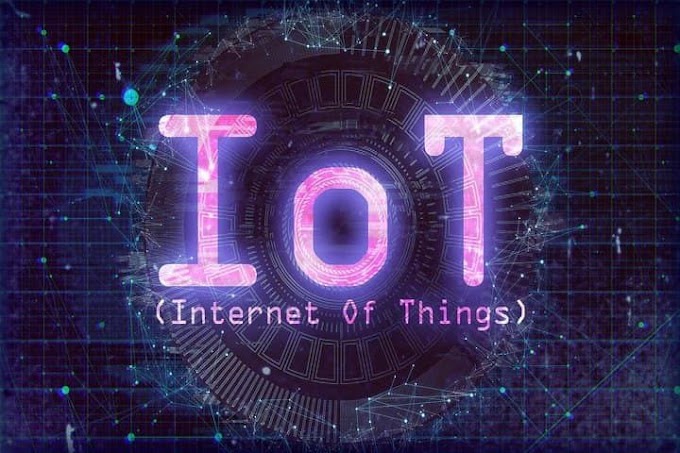Chatbots, Conversational Interfaces, and the Rise of Messaging platforms
The Rise of the Third Interface
There have been various phases in how we have interacted with computers. The first phase was the Terminal Interface – using the command line or DOS prompt. This interface was embraced by early adopters but did not become mainstream because it required people to have a working knowledge of the guts of the machine and knowledge of the precise syntax to use to execute commands.
The second phase was the Graphical Interface. It used visual representations of programs, files and actions, leveraging many of the mental models people already had from the real world. This made it much easier for users to interact with a machine, and adoption took off.
But it still had limitations. It represented an abstraction and could lead to confusion. The field of user experience sprang up to help make these interfaces simpler and more intuitive.
A third wave has emerged, and it is what we’re calling the Conversational Interface. In some ways it returns to the simplicity of the
command line, in that it is primarily a text-based medium. But it differs in that rather than requiring the user to know exact commands, it offers the ability for the user to interact with a machine (or a person behind a machine) using natural language.
command line, in that it is primarily a text-based medium. But it differs in that rather than requiring the user to know exact commands, it offers the ability for the user to interact with a machine (or a person behind a machine) using natural language.
This change is subtle but profound. At a minimum Conversational Interfaces are much more user friendly than the command line. But the promise and excitement around them is their eventual ability to parse complicated requests, execute them in real time and return a result that almost feels magical. Like talking to a person.
In short, we are moving from us having to learn how to interact with computers to computers learning how to interact with us.
“We are moving from us having to learn how to interact with computers to computers learning how to interact with us.”













